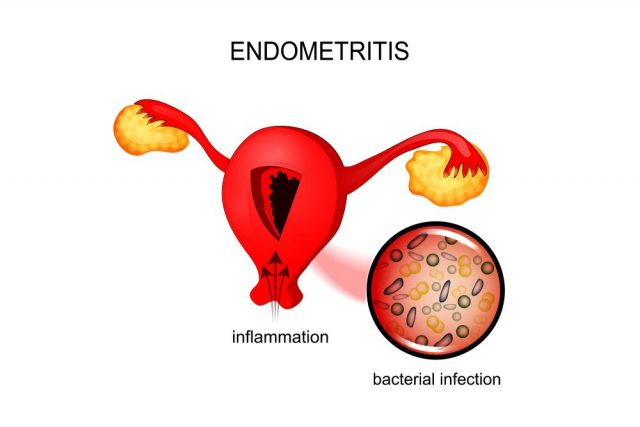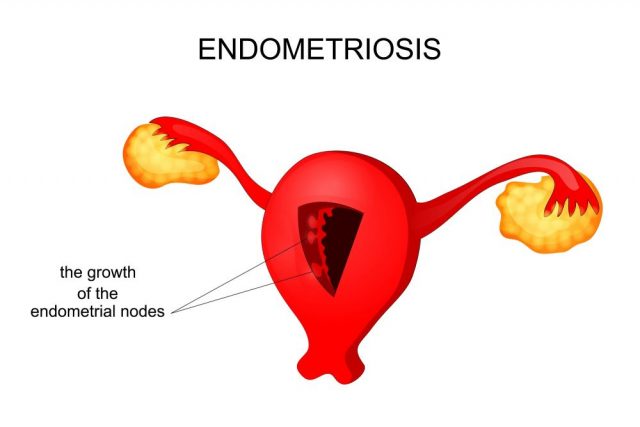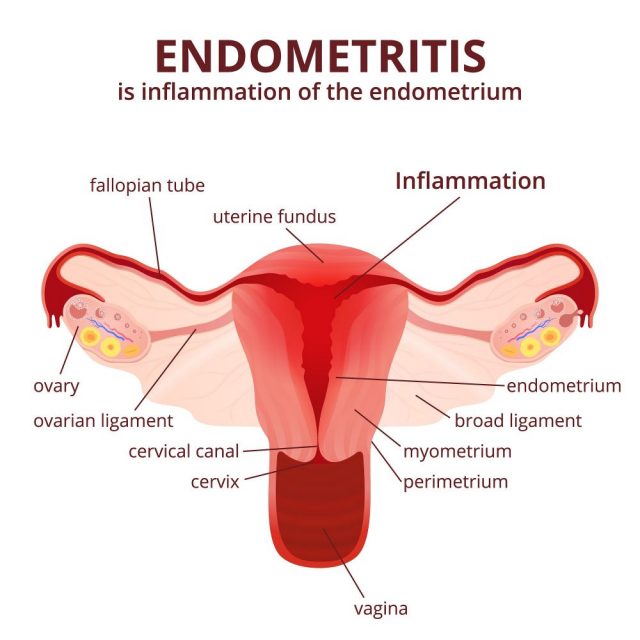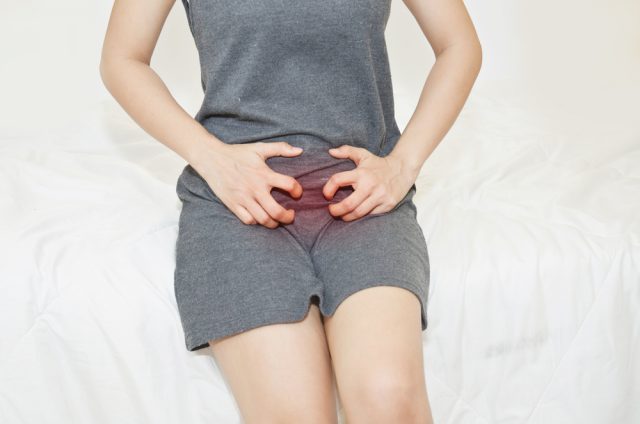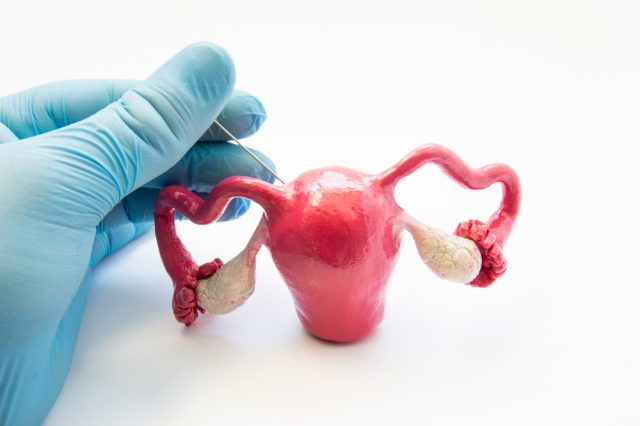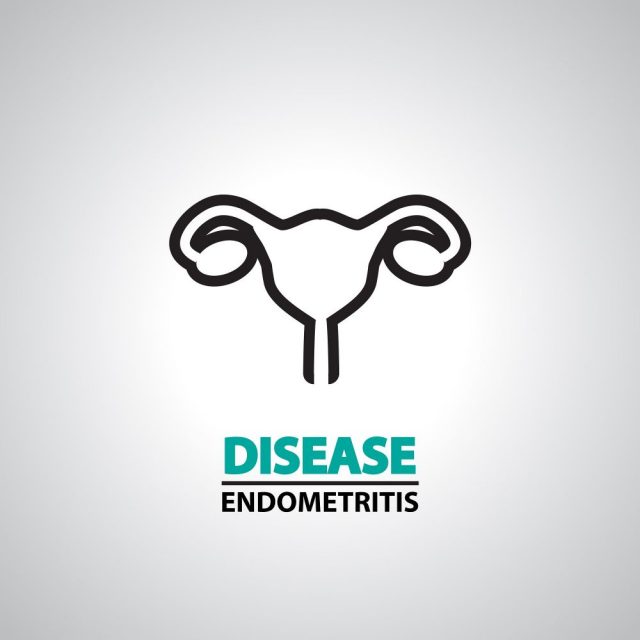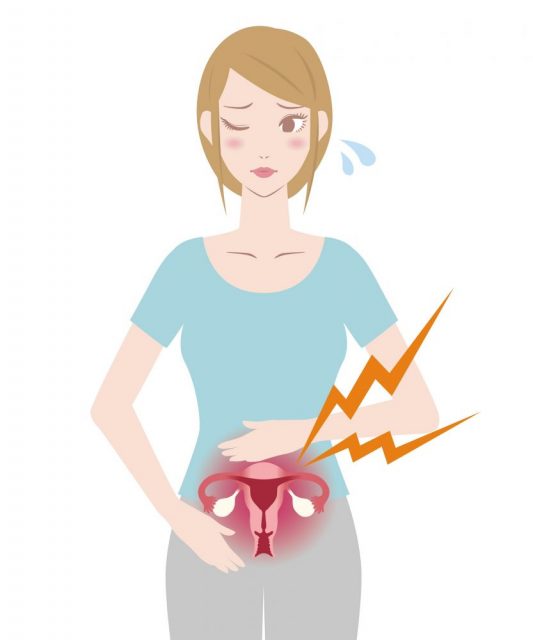Chronic Endometritis
- Introduction
- Endometritis Causes
- Endometritis Risk Factors
- The Variety of Endometritis Symptoms
- Methods for an Endometritis Diagnosis
- Endometritis Treatment Guidelines
- Home Remedies for Chronic Endometritis
- Endometritis UpToDate
- Endometritis Complications
- Endometritis and Miscarriage
- Endometritis Prevention Tips
Introduction
Endometritis is a condition that only effects women. It is defined as an inflammation of the uterine lining, which can cause a variety of problems. The inflammation itself indicates that the body is fighting off an infection. You may not be aware of any infection in your body. If you know that there’s an infection, there’s still a chance you don’t know what caused it. It’s important to find out what could be going on down there. Luckily, endometritis isn’t typically life-threatening. It can be easily treated with a proper diagnosis and antibiotics. However, it can become a serious issue if the condition is left untreated. In fact, it can even lead to reproduction issues. In more severe cases, endometritis can also lead to health complications, especially within the organs.
Chronic endometritis refers to an inflammation that consistently occurs. With chronic endometritis, the symptoms are not always present. Even if the symptoms are noted, they can be easily misdiagnosed. It’s important to track any symptoms that appear and the severity of the symptoms.
Many people are confused about the endometritis pronunciation. As is written by Dictionary.com, the word is prounced “en-doh-mi-trahy-tis”. If that’s not clear enough, as it may not be for some, you can also go to YouTube and find dozens of videos on how to properly pronounce this word and many others.
Endometritis Causes
Endometritis is generally caused by some type of infection. This can be a bacterial infection, such as improper hygiene. There is always vaginal bacteria present. Sometimes, this bacteria changes. This can happen when you’ve switched sexual partners or changed routines drastically. It can also be the result of a change in diet or simply a result of time. If this type of change occurs, it’s common to get a minor infection. STD’s are also a common cause for endometritis.
Unfortunately, endometritis can also be caused by tuberculosis. This is why it’s important to rule out the more serious possibilities.
Endometritis Risk Factors
Now, there are certain circumstances that put women are at higher risk for endometritis. This includes:
- Following a miscarriage
- Following childbirth (particularly in cases of long-labor)
- Following cesarean delivery
- As the result of a medical procedure that involves access to the cervix through the uterus
- Following a hysteroscopy
- As the result of the placement of an intrauterine device
- Following a uterine scrapping
- Alongside cervictis (also known as an inflammation of the cervix)
- Cancer
Endometritis isn’t commonly the result of a routine pap smear, but it is a possibility. Any type of vaginal examination, even routine, risks the possibility of foreign bacteria mixing with the already present bacterias. This includes dilation and curettage, as it creates an opening to allow bacteria into the uterus. As a result, many women get endometritis after D&C. Unfortunately, those who need a D&C are unable to avoid this gynecological process. It’s required, typically as the result of a miscarriage. Of course, this procedure is also required with abortions as well.
The Variety of Endometritis Symptoms
There are some cases of endometritis that don’t show symptoms at all. Especially cases of chronic endometritis, which are easily confused anyway. Still, it’s always useful to know what the possible symptoms are.
This can help to inform you there is a possible problem with your health. Some of the side-effects of endometritis include:
- Abdominal swelling
- Abnormal vaginal bleeding
- Abnormal vaginal discharge
- Bloating
- Constipation
- Diarrhea
- Discomfort during bowel movement
- Fever
- Flu-like symptoms
- Generally feeling sick
- Pain during intercourse
- Pain in the pelvis or lower abdomen
- Tenderness
If you are suffering a high fever, it’s always important to get medical attention as it’s easy to end up dehydrated an unwell.
Methods for an Endometritis Diagnosis
A physical exam will be conduced by your doctor. This will include thorough inspection of the pelvis area and the abdomen. This is often helpful to determine if there is any swelling. If there is any discharge present around the vaginal opening, the doctor may take a sample. This will be inspected under a microscope to look for the presence of unwanted bacteria.
The following step is to examine the cervix. This will be done through a pap smear or a manual examination. During this point, samples of the cervix will be taken to test for bacterias that cause infection. This is done through a cotton swab. This test can rule out STD’s, like gonorrhea and chlamydia. If these tests don’t provide doctors with any results, there are additional tests, such as:
- Blood tests can measure the red blood cell count and white blood cell count to test for elevation in either
- Endometrial biopsy may be issued to remove tissue from the lining of the uterus
- Laparoscopy may be performed to take a look at the inside of the uterus
- Ultrasound
Endometritis ultrasound is a process of testing that can look for many other things. This includes a thickened endomerium. The ultrasound can also detect intracavitary fluid or intrauterine air.
Following a diagnosis, you will need to look at available treatment options. Although it’s not likely that endometritis is caused by something serious, there are still steps you’ll need to follow.
Endometritis Treatment Guidelines
The treatment for endometritis is based on the underlying cause of the inflammation. It’s a standard to prescribe antibiotics. This helps to reduce the chance of the bacteria spreading, while also limiting some of the pain you may be feeling. Some of the endometritis antibiotics used include:
- Ampicillin
- Gentamicin
- Metronidaole
Chronic endometritis often affects the stability of your periods. As a result, your doctor may prescribe a pain medication that you can take during your menstrual cycle. If the pain is bad enough or the symptoms are worsening, your doctor may also recommend hormone therapy. This is more common when endometritis is caused by an imbalance in your blood cell count.
If endometritis is the result of an STD, you’ll need to be treated. Your partner or spouse will also need to be treated. You’ll need to abstain from sexual activity until all symptoms are gone. With chronic endometritis, you’ll just need to be careful and practice preventative methods. If you’re having difficulty handling the symptoms, speak to your doctor. In more severe cases, you’ll be required to have surgery. This will be done to remove the endometrial tissue or you may need a hysterectomy to remove uterus and cervix completely.
Since endometritis often occurs after childbirth, you may be required to remain in the hospital. During this time, you’ll be given intravenous fluids to maintain your overall health.
Home Remedies for Chronic Endometritis
When you’re suffering from chronic endometritis, the symptoms often reappear. This can be annoying more than it is concerning, especially once you’ve been diagnosed. Instead of rushing to the doctor’s office every time, you can look into home remedies to manage your symptoms:
- Heating pad placed on your abdomen
- Over-the-counter anti-inflammatory medications
- Turmeric (capsules or tea, 3 times a day while symptoms are present and once a day when they aren’t an issue)
- Ginger tea (3 times a day)
- Pelvis massage to reduce pressure and relieve pain
- Bone broth (alternatively, gelatin broth)
- Anti-inflammatory foods (leafy vegetables, broccoli, celery, blueberries, salmon or fish oil)
Caster oil is a common home remedy for endometritis. This trick has been around for a long time, used by many types of people. This oil is massaged directly into the abdomen to relieve pain. It’s important that you don’t do this when you’re menstruating though.
It’s important to note that a home remedy is not a valuable substitute for medical advice. These home remedies for endometritis are purely to manage your symptoms and maintain your quality of life. You should always follow your doctor’s suggestions and ask before taking any type of supplement. Even herbal remedies can cause issues in some people.
Endometritis UpToDate
If you have been diagnosed with chronic endometritis, it’s likely that you’re feeling overwhelmed. If you’re suffering from endometritis as the result of a fertility-related issue, there’s a good chance you’re feeling emotionally drained as well. There is a lot of information on the internet that might help you to understand the condition better. However, it’s best to have all that information in a central location.
UpToDate is a company that formed with that ideal in mind. There are dozens of articles about endometritis, written by medical professionals and peers sharing their stories. This can help you to connect to individuals who are suffering the same as you. It may help to feel like you have support. Along with information and support, UpToDate offers medical information and drug interactions, including herbal interactions.
It’s available on desktop and mobile devices, allowing you access to information anywhere. You do have to pay for a subscription to use the service, but it’s worth the money to have peace of mind.
Endometritis Complications
Early detection is always crucial with any infection. It can prevent the infection from spreading and reduce the risks that may be associated. Endometritis is treatable, especially early on. All it takes is a simple antibiotic in most cases. After that, the condition goes away. If treated promptly, there are very few risks associated with the infection. However, if endometritis is left untreated, there may be some serious consequences. This can include:
- Infertility
- Miscarriage
- Pelvis infection (pelvis peritonitis)
- Bacteria in the bloodstream (septicemia)
- Blood infection (septic shock)
- Poly-cystic ovary syndrome
- Pussing or abscesses on the uterus
Septicemia doesn’t sound too harmful, but the condition can quickly become septic shock. This infection of the blood quickly spirals into a life-threatening condition. It is important that you seek medical help immediately if you have any suspicion of this. That said, you should never ignore pain or discomfort, especially in your uterus. It is often a sign that something more serious is going on.
Endometritis and Miscarriage
Chronic endometritis can cause many complications when it comes to fertility. This condition causes the uterine lining to malfunction, which means there is a possibility that the embryo cannot implant properly. This can lead to having a miscarriage. Alternatively, having a miscarriage can also lead to a developing endometritis infection. If the embryo does implant, endometritis can then cause a painful pregnancy and further complications.
If you have any concerns about chronic endometritis and pregnancy, speak with your doctor. There might be something your doctor can give you to encourage fertility.
Endometritis Prevention Tips
There’s no way to tell who will or won’t get a random bacterial infection. However, there are ways to reduce your risk of contracting it through an external source. Below is a list of prevention tips that may be able to help keep your uterus healthy:
- Always ensure the equipment is sterilized when you’re undergoing any operation
- Only go to a trusted medical professional
- Practice safe sex
- Be careful when you’re changing partners
- If there is any sign of an STD present, get to a doctor
- Pay attention to anomalies
- Attend routine screenings for early detection
- Follow all treatment plans
- Follow medication instructions
Childbirth is a big risk factor for many women. The process can cause exposure to bacteria and start an infection. Now, it’s one thing to say “ensure equipment is sterilized”. You’re in the middle of childbirth. You’re not going to be able to focus on what the doctor is doing. Instead, take steps prior to going into labor. Plan the hospital you’re going to. Know the doctor who is going to be working around your expected due date. This won’t always work out, but it doesn’t hurt to think ahead!
Remember that you should go to a doctor if you have any symptoms. It’s better to catch endometritis while it’s nothing more than an infection that can be easily treated in a few days. You don’t want it to spread into something more serious.

